
Deutsch-Chinesische Enzyklopädie, 德汉百科
 Motorsport
Motorsport



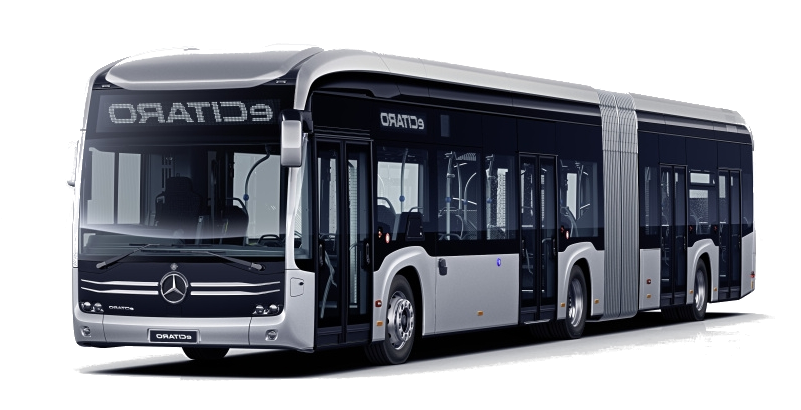
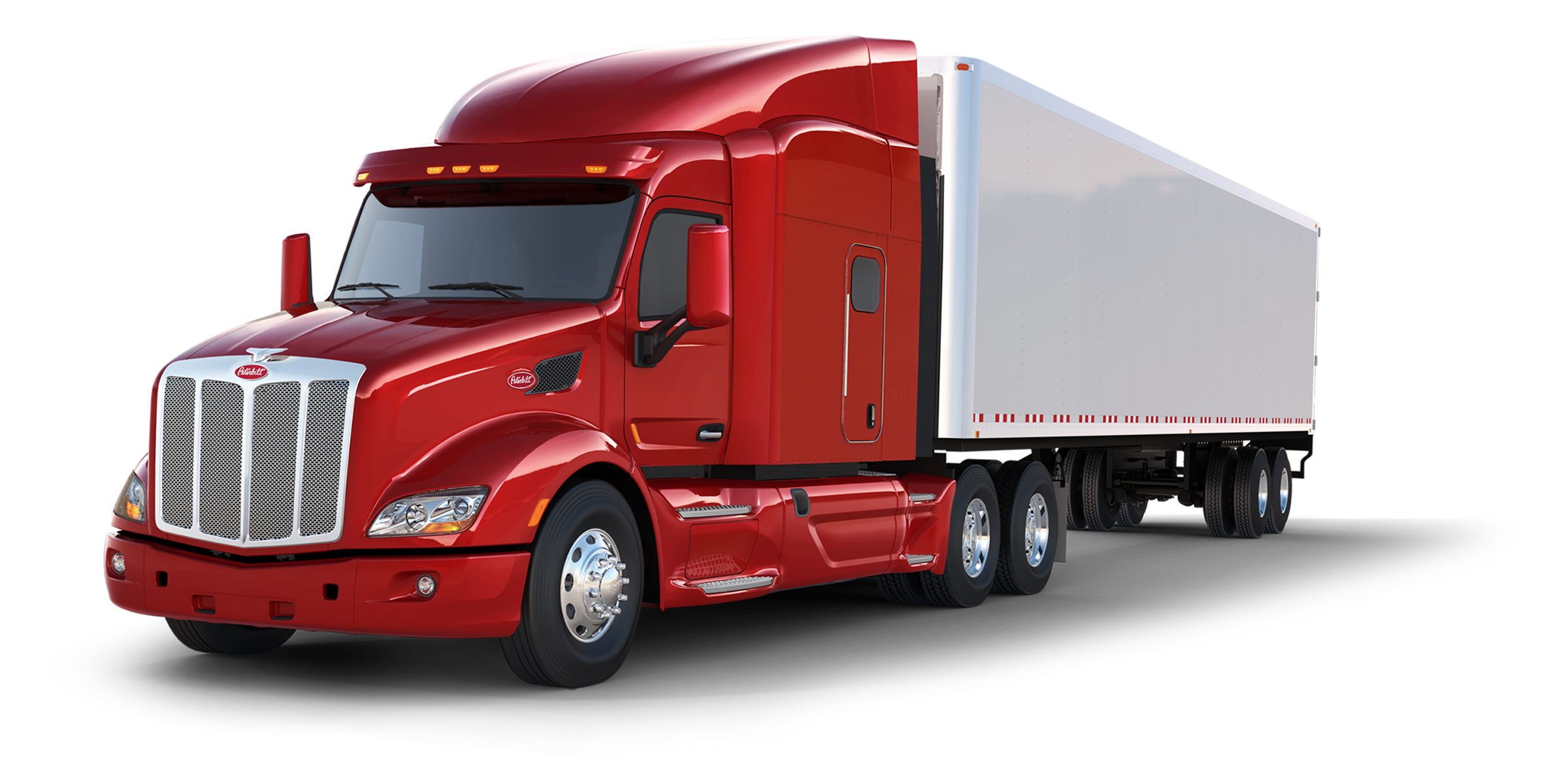 Automobile
Automobile
 FIAT
FIAT

 Emilia-Romagna
Emilia-Romagna
 Manufacturing and Innovation
Manufacturing and Innovation
 Fiat Chrysler Automobiles NV
Fiat Chrysler Automobiles NV
 Italy
Italy

 Motorsport
Motorsport

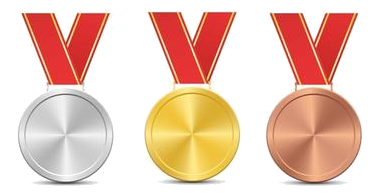 Sport
Sport

Ferrari ist ein italienischer Automobilhersteller von Sportwagen und Formel-1-Fahrzeugen mit Verwaltungssitz in Maranello in der italienischen Provinz Modena und Rechtssitz in Amsterdam.[1][3][4] Das Unternehmen wurde 1947 vom ehemaligen Rennfahrer Enzo Ferrari gegründet.
Die Scuderia Ferrari (italienisch für „Rennstall Ferrari“) ist die Motorsportabteilung von Ferrari und ist bis heute das erfolgreichste Formel-1-Team.
Ferrari war von 1966 bis 2014 Tochterunternehmen von Fiat, anschließend bis 2016 mit rund 80 Prozent[5] von Fiat Chrysler Automobiles.
Der Börsengang von Ferrari an der New York Stock Exchange erfolgte am 21. Oktober 2015.[6] Ferrari wird durch die Holding Exor der italienischen Unternehmerfamilie Agnelli geführt und ist an der Borsa Italiana im Leitindex FTSE MIB gelistet.
法拉利(意大利语:Ferrari)是一家意大利跑车制造商,主要制造一级方程式赛车及高性能跑车。由恩佐·法拉利于意大利摩德纳附近的马拉内罗创立,当时是作为阿尔法·罗密欧的赛车部门分拆而来的阿维奥汽车(意大利语:Auto Avio Costruzioni),主要赞助赛车手及生产赛车,并早于1940年便已制作其首部赛车(阿维奥815,意大利语:Auto Avio Costruzioni 815)。但直至1947年第一辆正式镶嵌法拉利标志的汽车完成,这时它才被大众认定为独立的汽车制造商。法拉利的公路车款经常被视为速度、奢华、性感和财富的象征[3]。



 Automobile
Automobile



 Automobile
Automobile
 Ferrari
Ferrari

 Formula 1 World Championship 2025
Formula 1 World Championship 2025

 Formula 1 World Championship 2025
Formula 1 World Championship 2025
 Team
Team
 Italy
Italy

 Sport
Sport

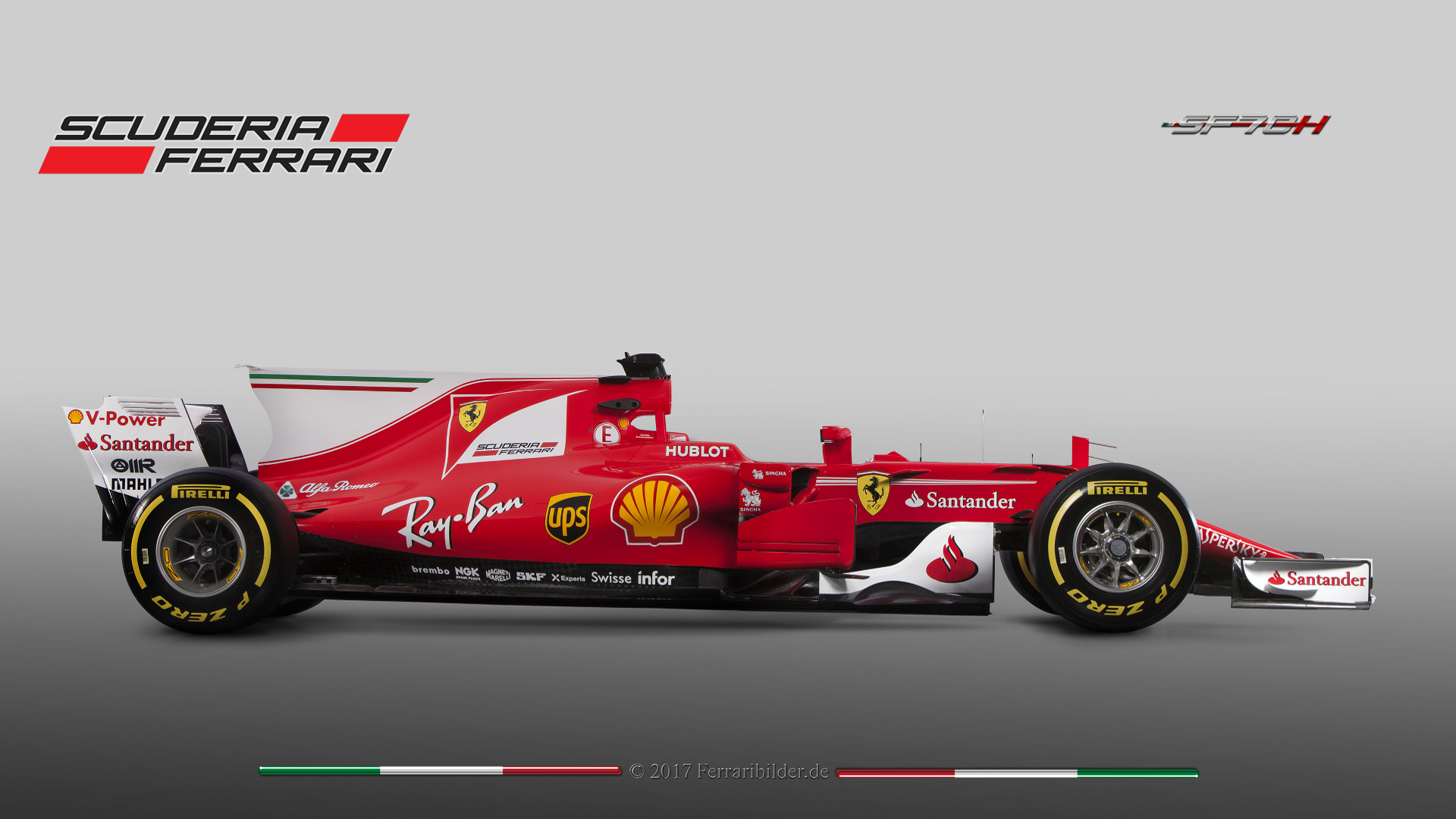
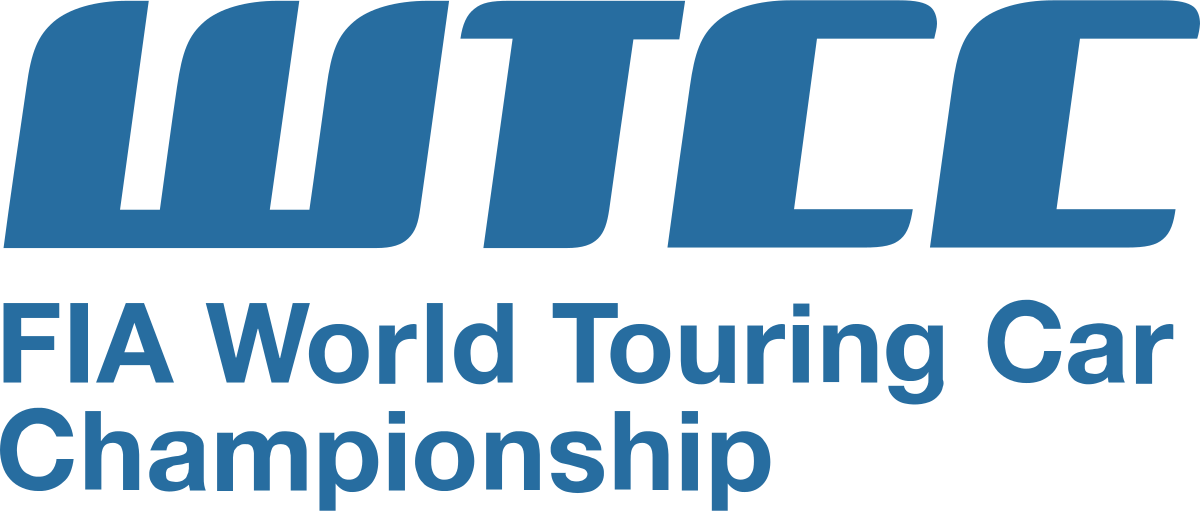
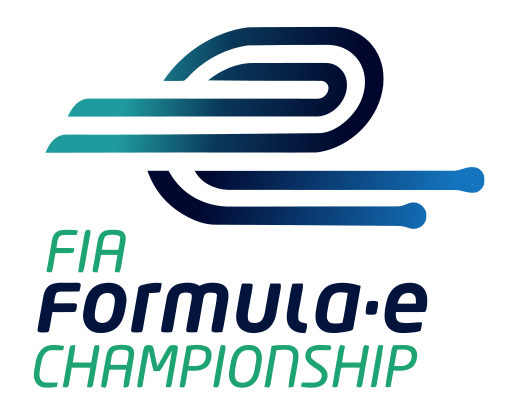

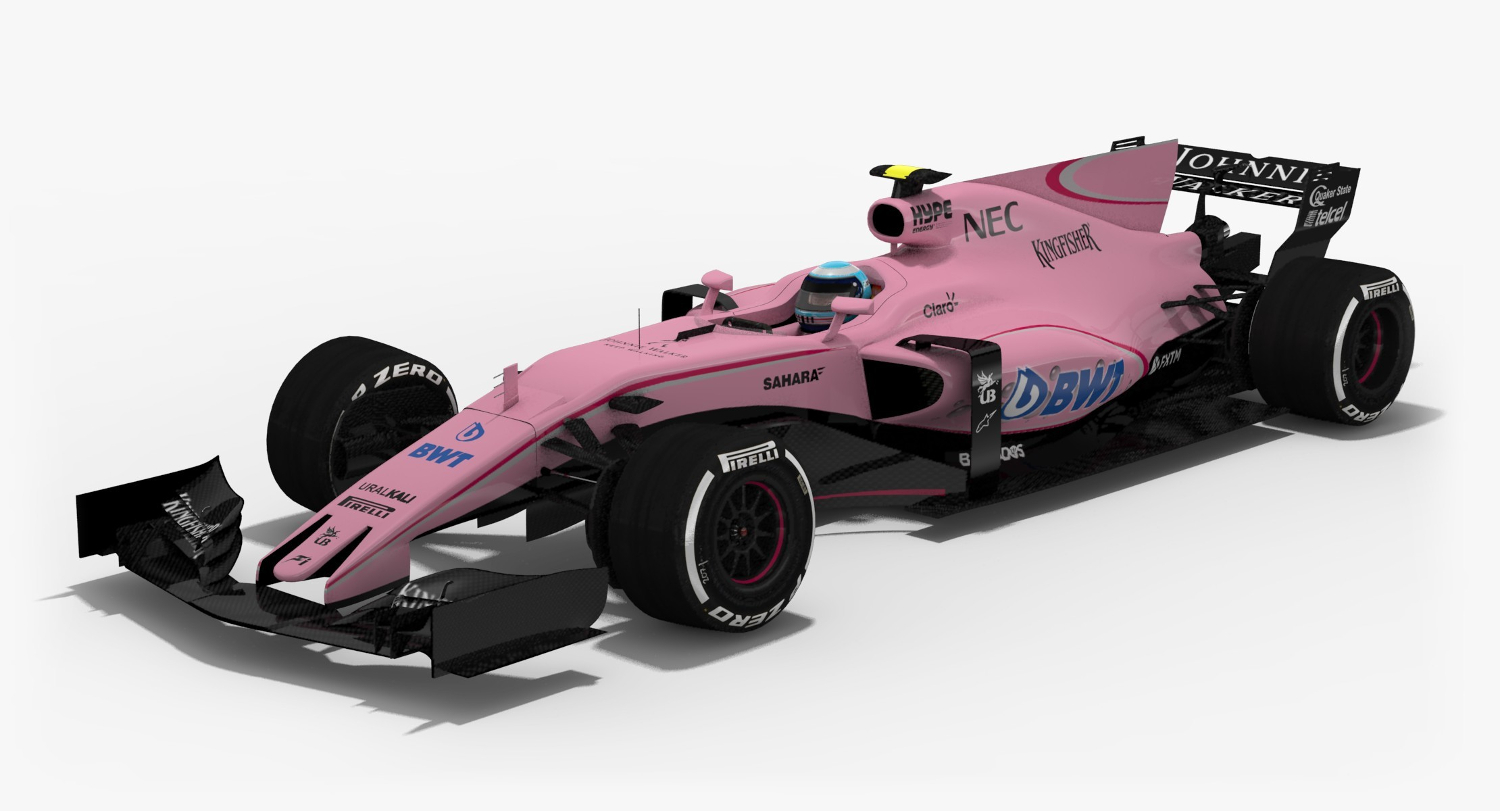



 Automobile
Automobile
 *Commercial vehicles
*Commercial vehicles



 Automobile
Automobile
 *Engine
*Engine



 Automobile
Automobile
 ***Technology
***Technology



 Automobile
Automobile
 *Caravan/Camper
*Caravan/Camper
 Manufacturing and Innovation
Manufacturing and Innovation

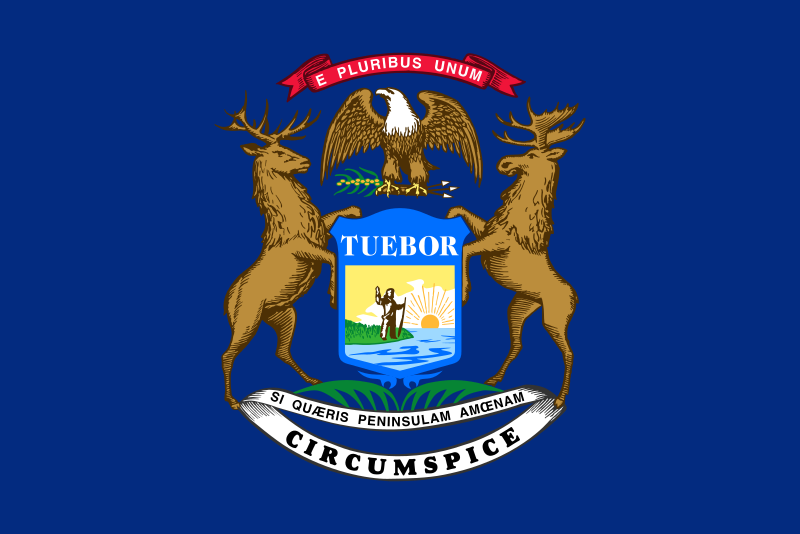 Michigan-MI
Michigan-MI

 Motorsport
Motorsport

 Sport
Sport

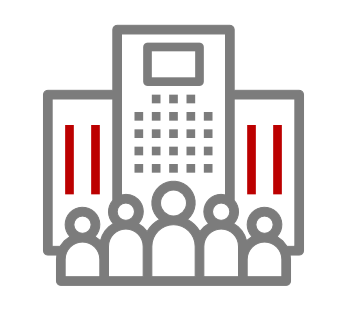 Companies
Companies
 *Centuries-old companies in the world
*Centuries-old companies in the world

 Companies
Companies
 *Big automaker
*Big automaker
 United States
United States

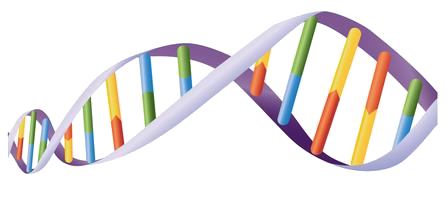 Science and technology
Science and technology
 Global Innovators
Global Innovators

Die Ford Motor Company mit Sitz im US-amerikanischen Dearborn ist der nach Toyota, Volkswagen, General Motors, Hyundai und Stellantis sechstgrößte Autohersteller weltweit (Stand: 2020, Bezugsgröße: Absatz).[2] Der Umsatz von Ford betrug 2020 127,1 Milliarden US-Dollar und es wurde ein Gewinn von 4,8 Milliarden US-Dollar ausgewiesen.[1] Ursprung des Konzerns ist eine von Henry Ford in Detroit 1903 gegründete Fabrik. Mit der Einführung der Fließbandproduktion 1913 brachte Ford einen radikalen Umbruch in der neu entstehenden Autoindustrie.
福特汽车公司(英语:Ford Motor Company,NYSE:F),简称福特(Ford),是美国一家生产汽车的跨国企业,公司总部位于美国密歇根州迪尔伯恩。福特汽车由亨利·福特所创立,于1903年公司化。在20世纪如日中天的时候,福特、通用与克莱斯勒被认为是底特律的三大汽车生产商,带领着美国的汽车市场。
 Azerbaijan
Azerbaijan
 Australia
Australia
 Bahrain
Bahrain
 Belgium
Belgium
 Brazil
Brazil
 China
China
 Germany
Germany

 Emilia-Romagna
Emilia-Romagna
 England
England

 Florida-FL
Florida-FL
 Formel-1-Weltmeisterschaft 2017
Formel-1-Weltmeisterschaft 2017
 Formel-1-Weltmeisterschaft 2018
Formel-1-Weltmeisterschaft 2018

 Formula 1 World Championship 2025
Formula 1 World Championship 2025
 France
France
 India
India
 Italy
Italy
 Japan
Japan
 Canada
Canada
 Katar
Katar
 Kinki
Kinki

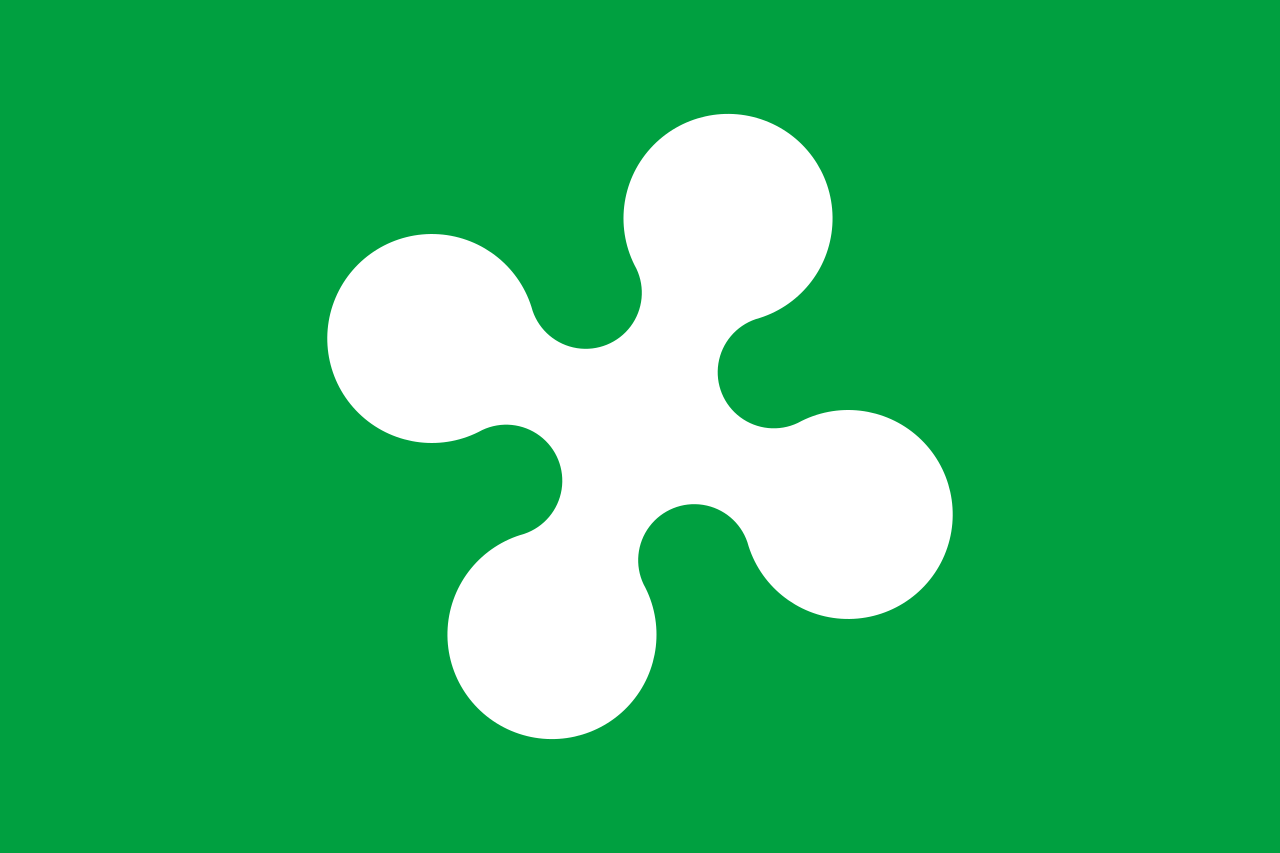 Lombardia
Lombardia
 Mexico
Mexico
 Monaco
Monaco

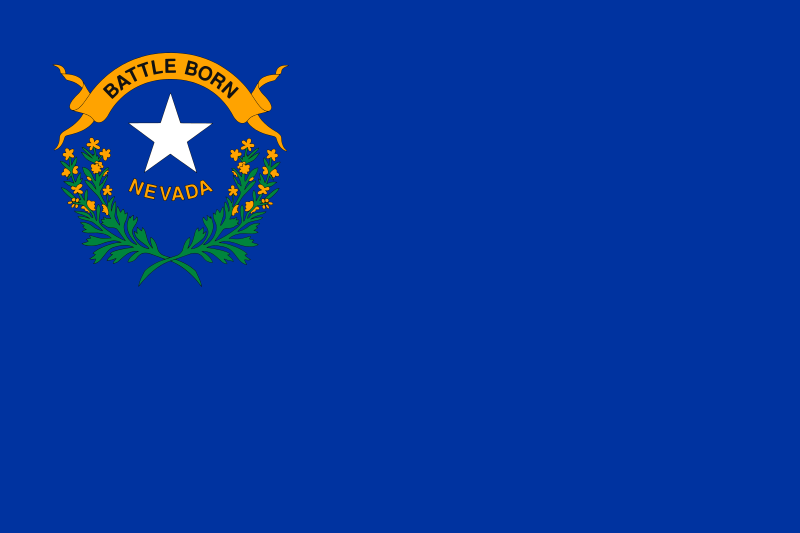 Nevada-NV
Nevada-NV
 Austria
Austria

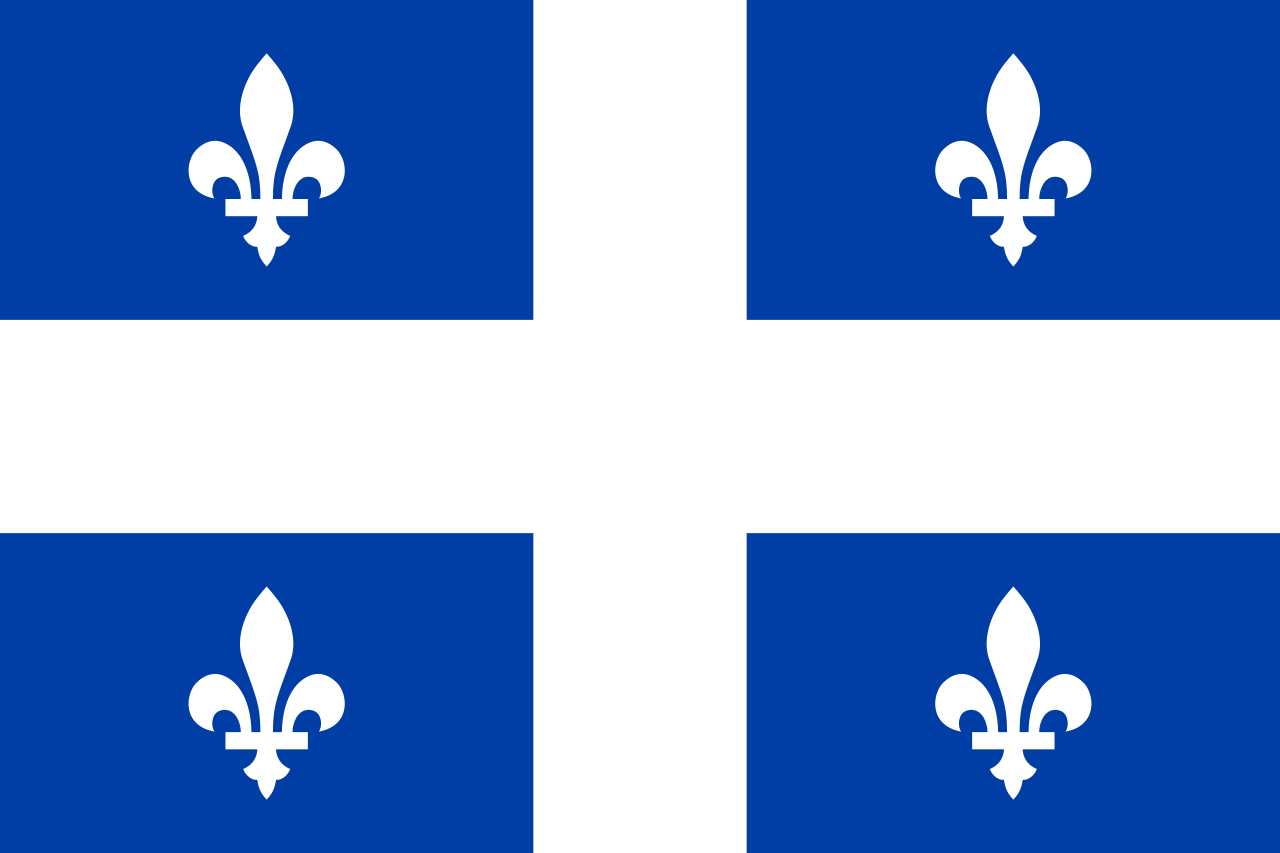 Quebec-QC
Quebec-QC
 Russia
Russia
 São Paulo
São Paulo
 Saudi Arabia
Saudi Arabia
 Switzerland
Switzerland
 Shanghai Shi-SH
Shanghai Shi-SH
 Singapore
Singapore
 Spain
Spain

 Sport
Sport

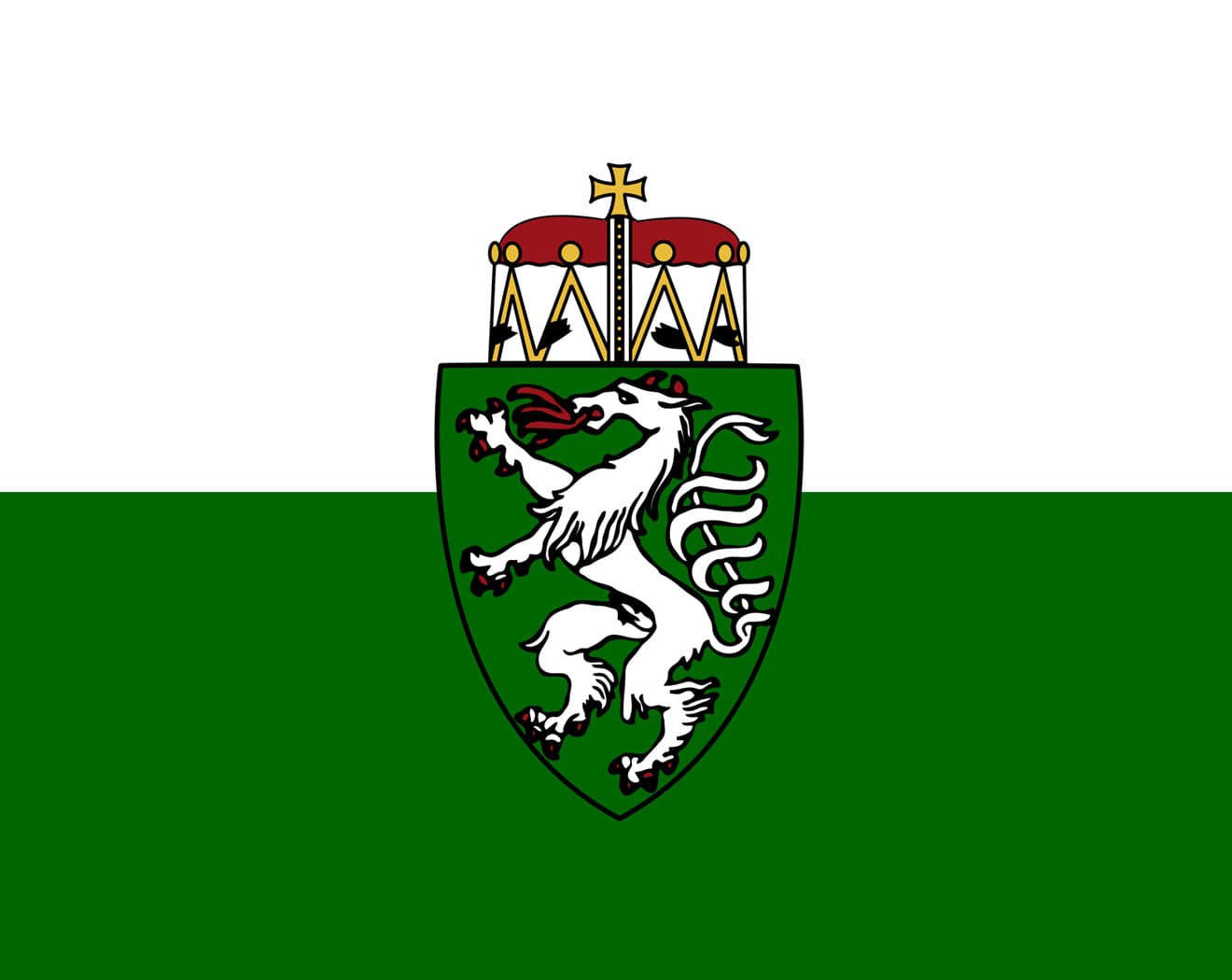 Styria
Styria

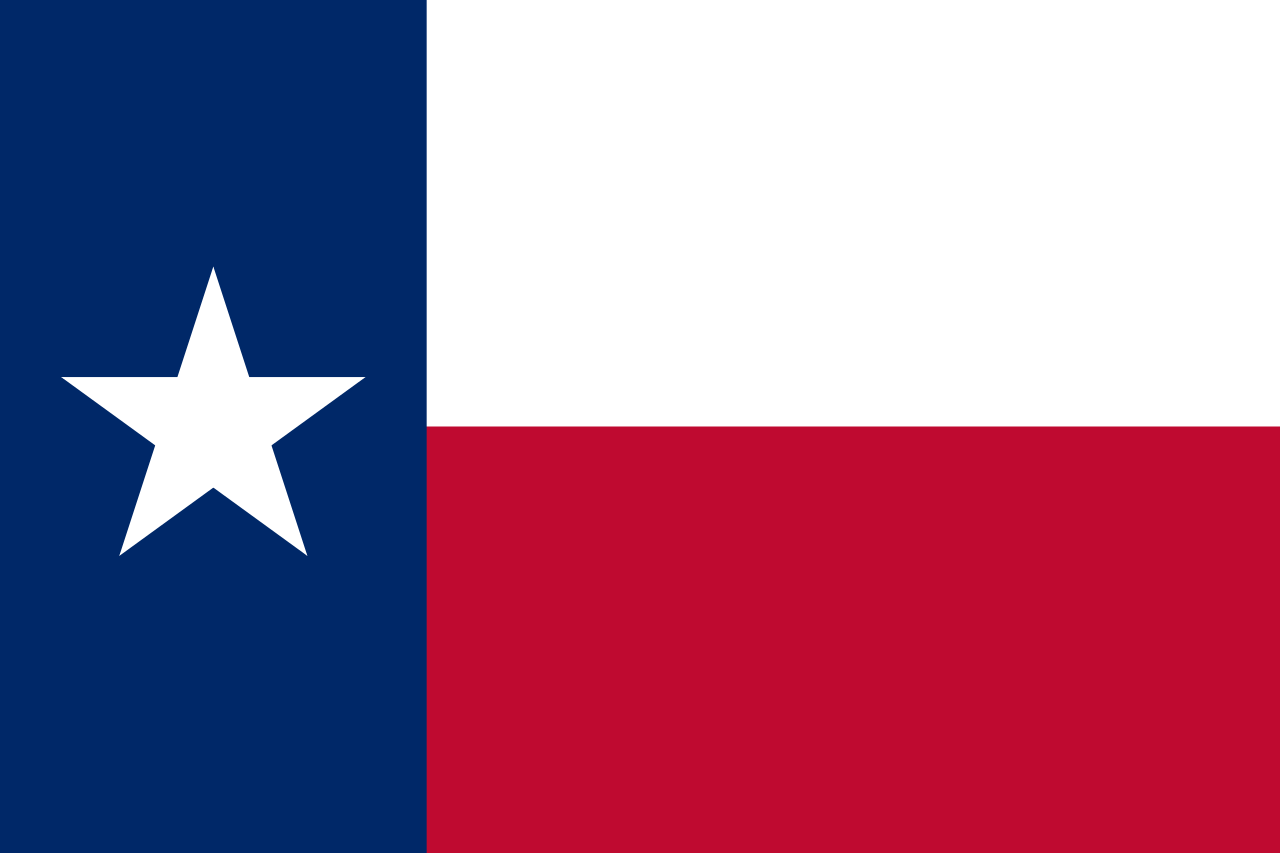 Texas-TX
Texas-TX
 Hungary
Hungary
 United Arab Emirates
United Arab Emirates
 United States
United States
 United Kingdom
United Kingdom

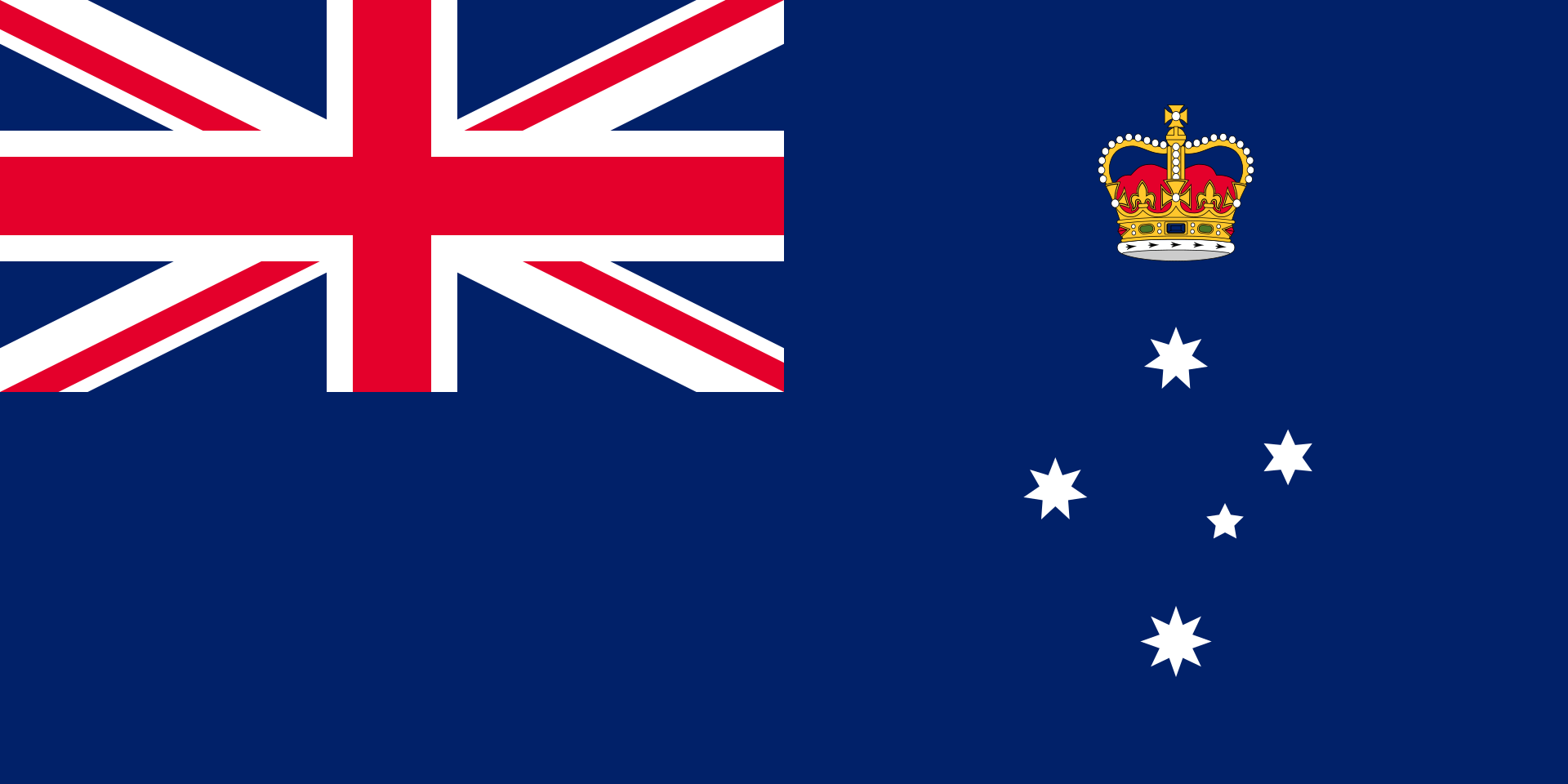 Victoria-VIC
Victoria-VIC

一级方程式赛车(英语:Formula One,也叫Formula 1或者F1)是由国际汽车联盟举办的最高等级的年度系列场地方程式赛车比赛,正式名称为“国际汽车联合会世界一级方程式锦标赛”。名称中“方程式”是指一组所有参赛车辆都必须遵守的规则[1]。F1赛季包括一系列的比赛,而这些所谓的“大奖赛”(Grand Prix,出自法语,本意Great Prizes)的场地是全封闭的专门赛道或者是临时封闭的普通公路。每场比赛的结果算入积分系统并以此确定两个年度世界冠军:一个给车手和另一个给制造商。F1的车手、制造商、组织者以及赛道都必须持有FIA超级驾驶执照,这是国际汽联颁发的最高级别执照。
一级方程式赛车通过产生大量的空气动力学下压力达到非常高的过弯速度,是风靡全球的赛车运动。发动机性能限制在每分钟最多15000转时,其比赛最高速度就可以超过360公里/小时。赛车过弯的横向加速度超过5个标准重力。F1赛车的性能非常依赖电子系统(牵引力控制系统和其他辅助驾驶装置自2008年已被禁止)、空气动力学、悬挂和轮胎。
Die Formel 1 ist eine vom Automobil-Dachverband Fédération Internationale de l’Automobile (FIA) festgelegte Formelserie. Hersteller konstruieren Autos, die den Formel-1-Regeln entsprechen. Diese Autos treten im Rahmen der Formel-1-Weltmeisterschaft zu Rennen in ungefähr 20 Orten pro Jahr an. Am Ende der Saison wird der Fahrer mit den meisten Punkten F1 Fahrerweltmeister und der Hersteller mit den meisten Punkten Konstrukteursweltmeister.
Die Formel 1 ist die höchstrangige von der FIA veranstaltete Rennserie des Formelsports. Sie wird als Königsklasse des Automobilsports bezeichnet, da sie den Anspruch erhebt, die höchsten technischen, fahrerischen, aber auch finanziellen Anforderungen aller Rennserien an Fahrer und Konstrukteure zu stellen. Sie wird auch kurz F1 genannt. Die F1 Weltmeisterschaft heißt offiziell FIA Formula One World Championship, bis 1980 hat sie Automobil-Weltmeisterschaft geheissen.
Formula One (also Formula 1 or F1) is the highest class of single-seater auto racing sanctioned by the Fédération Internationale de l'Automobile (FIA) and owned by the Formula One Group. The FIA Formula One World Championship has been one of the premier forms of racing around the world since its inaugural season in 1950. The "formula" in the name refers to the set of rules to which all participants' cars must conform.[2] A Formula One season consists of a series of races, known as Grands Prix (French for "grand prizes" or "great prizes"), which are held worldwide on purpose-built circuits and public roads.
The results of each race are evaluated using a points system to determine two annual World Championships: one for drivers, the other for constructors. Drivers must hold valid Super Licences, the highest class of racing licence issued by the FIA.[3] The races are required to be held on tracks graded "1" (formerly "A"), the highest grade rating issued by the FIA.[3] Most events are held in rural locations on purpose-built tracks, but there are several events in city centres throughout the world, with the Monaco Grand Prix being the most well-known.
Formula One cars are the fastest regulated road course racing cars in the world, owing to very high cornering speeds achieved through the generation of large amounts of aerodynamic downforce. The cars underwent major changes in 2017,[4] allowing wider front and rear wings, and wider tyres, resulting in cornering forces closing in on 8g and top speeds of up to approximately 375 km/h (230 mph).[5] The hybrid engines are currently limited in performance to a maximum of 15,000 rpm and the cars are very dependent on electronics—although traction control and other driving aids have been banned since 2008—and also on aerodynamics, suspension, and tyres.
While Europe is the sport's traditional base, the championship is truly global, with 11 of the 21 races in the 2018 season taking place outside Europe. With the annual cost of running a mid-tier team—designing, building, and maintaining cars, pay, transport—being US$120 million,[6] Formula One has a significant economic and job-creation effect, and its financial and political battles are widely reported. Its high profile and popularity have created a major merchandising environment, which has resulted in large investments from sponsors and budgets (in the hundreds of millions for the constructors). On 8 September 2016, it was announced that Liberty Media had agreed to buy Delta Topco, the company that controls Formula One, from private equity firm CVC Capital Partners for $4.4 billion in cash, stock, and convertible debt.[7] On 23 January 2017, it was confirmed that the acquisition had been completed, for $8 billion.[8]
La Formule 1, communément abrégée en F1, est une discipline de sport automobile considérée comme la catégorie reine de ce sport. Elle a pris au fil des ans une dimension mondiale et elle est, avec les Jeux olympiques et la Coupe du monde de football, l'un des événements sportifs les plus médiatisés.
Chaque année depuis 1950, un championnat mondial des pilotes est organisé, complété depuis 1958 par un championnat mondial des constructeurs automobiles. La compétition est basée sur des Grands Prix, courses à bord de voitures monoplaces disputées sur circuits routiers fermés permanents mais parfois tracés en ville et temporaires, comme à Monaco, Valence, Singapour, et Bakou.
Cette discipline sportive, régie par la Fédération internationale de l'automobile (FIA), est gérée par la Formula One Administration (FOA) et un ensemble de sociétés satellites contrôlées par Liberty Media. Après l'ère des artisans des années 1960 et 1970, elle a peu à peu attiré les grands constructeurs automobiles mondiaux qui y investissent des sommes élevées, en espérant tirer profit des retombées médiatiques d'éventuels succès. La Formule 1 est considérée comme la vitrine technologique de l'industrie automobile qui y expérimente des nouveautés techniques, parfois issues de la technologie spatiale et susceptibles d'être adaptées ensuite sur les voitures de série.
Outre la compétition, le terme Formule 1 désigne l'ensemble des règles techniques des voitures monoplaces qui sont mises à jour tous les ans par la FIA. Ces règles sont très strictes sur les dimensions des voitures, la cylindrée des moteurs, les technologies mises en œuvre ; elles définissent également les mesures de sécurité des voitures pour assurer la protection du pilote. Les monoplaces de course répondant aux caractéristiques de la réglementation de la Formule 1 sont généralement désignées sous le terme générique de Formules 1.
La Formula 1 o Formula Uno,[1] in sigla F1, è la massima categoria (in termini prestazionali) di vetture monoposto a ruote scoperte da corsa su circuito definita dalla Federazione Internazionale dell'Automobile (FIA).
La categoria è nata nel 1948 (in sostituzione della Formula A, a sua volta sorta solo qualche anno prima, nel 1946), diventando poi a carattere mondiale nella stagione 1950. Inizialmente definita dalla Commissione Sportiva Internazionale (CSI) dell'Associazione Internazionale degli Automobil Club Riconosciuti (AIACR), associazione antesignana della Federazione Internazionale dell'Automobile, oggi la Formula Uno è regolata dal Consiglio Mondiale degli Sport Motoristici (in inglese: World Motor Sport Council, WMSC) della Federazione Internazionale dell'Automobile.
Il termine "formula", presente nel nome, fa riferimento a un insieme di regole alle quali tutti i partecipanti, le macchine e i piloti, devono adeguarsi; esse introducono un numero di restrizioni e specifiche nelle auto, al fine di evitare le eccessive disparità tecniche tra le auto, di porre dei limiti al loro sviluppo e di ridurre i rischi di incidenti. La formula ha avuto molti cambiamenti durante la sua storia. Ad esempio, ci sono stati differenti tipi di motori, con schemi da quattro fino a sedici cilindri e con cilindrate da 1,5 a 4,5 l.
La Fórmula 1, abreviada como F1 y también denominada la «categoría reina del automovilismo»1 o «la máxima categoría del automovilismo»,23 es la competición de automovilismo internacional más popular y prestigiosa, superando a categorías de automovilismo como la NASCAR, el Campeonato Mundial de Rally, el Campeonato Mundial de Turismos o la Fórmula E, entre otras.4 A cada carrera se le denomina Gran Premio y el torneo que las agrupa se denomina Campeonato Mundial de Fórmula 1. La entidad que la dirige es la Federación Internacional del Automóvil (FIA). El Formula One Group es controlado por la empresa estadounidense Liberty Media desde septiembre de 2016.5
Los automóviles utilizados son monoplazas con la última tecnología disponible, siempre limitadas por un reglamento técnico; algunas mejoras que fueron desarrolladas en la Fórmula 1 terminaron siendo utilizadas en automóviles comerciales, como el freno de disco.6 La mayoría de los circuitos de carreras donde se celebran los Grandes Premios son autódromos, aunque también se utilizan circuitos callejeros y anteriormente se utilizaron circuitos ruteros.
El inicio de la Fórmula 1 moderna se remonta al año 1950, en el que participaron escuderías como Ferrari, Alfa Romeo y Maserati. Algunas fueron reemplazadas por otras nuevas como McLaren, Williams, Red Bull y Renault, que se han alzado varias veces con el Campeonato Mundial de Constructores. Las escuderías tienen que planear sus fichajes y renovación de contratos 2 o 3 carreras antes del fin de la temporada. Por su parte, los pilotos deben contar con la superlicencia de la FIA para competir, que se obtiene sobre la base de resultados en otros campeonatos.
在赛车高速地驶达直路末,准备入弯前:
1、车手开始刹车。
2、车手踏下离合器.
3、降档。
4、 车手用脚掌的左部踏着刹车而脚跟横移,施力,踏下油门,使引擎转数提升。跟趾动作可令车手同时作出踏离合器,刹车和加油三个动作,令赛车可在极短时间内完 成减速和降档等入弯前准备。在降档过程,踏下离合器时同时加油,这动作主要是把引擎转数提升至下一档所需的转数,以配合转低档后所需要增加的转数。(如: 赛车在减速前的速度是180公里等于5档×7500转(rpm),当车速减至120公里时,引擎转数等于5档×5000转(rpm)但这时车手降档至4 档,由于5档和4档的变速比例不同,在同样120公里的速度下新的引擎转数等于4档×7000转(rpm)。如果车手不再踏下离合器的时候把引擎转数提升 至7000转(rpm),如果只依靠离合器强行的把引擎拖到所需达到的转数,这不但会使变速箱和引擎的负荷与耗损增,甚至会使驱动轮发生打滑现象,这种情 形,在湿滑路面更为明显,严重的会使车身失控。在弯打转,发生意外.
5、左脚松开离合器踏板,如需要继续降档,重复第2~3点动作。
6、完成整个降档和减速的过程后,把左脚放回固定踏板,右脚控制油门,准备入弯。(Quelle:http://www.f1star.cn)
F1大奖赛是由FIA(国际汽联)领导的国际性的比赛。由FIA、各车队和各站大奖赛组成。宗旨皆在提高赛车水平和汽车技术的发展。
2.车队及车手
参加比赛的车队和车手必须持有FIA认可的执照。每个车队要有两辆车参加比赛,并指定赛车手代表车队驾车出赛。当赛车手出意外时,可以另外指定车手参赛。但任何车手和车队不可以随意缺赛。
3.排位赛
排位赛是决定正式大奖赛的出发时的排位顺序。在正式比赛的前一天,在指定的一个小时中,每个车队的车手要在赛道上竞速,以单圈的最快成绩来排顺序,决定次 日的出发排位顺序。这是十分科学的。排位赛持续一小时,每辆车最多允许跑12圈,赛车手在期间尽量跑出单圈最好成绩。(Quelle:http://www.f1star.cn)

世界三大汽车赛事之一的雷诺方程式是目前世界上广受欢迎的一项方程式赛事。雷诺方程式由雷诺运动公司设计,是一种比较高级 的方程式赛车。英文名(Formula Renault)。Formula,意思是方程式。原指数字式,在这里是汽车比赛的一种,由于该赛事规定了车体结构、长度和宽度、最低重量、发动机工作容 积、汽缸数量、油箱容量等数距,从而形成了“唯一如此”的等量性,因此称其为Formula。